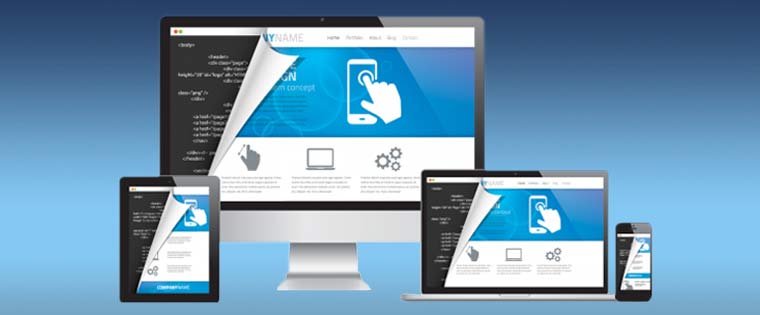Authoring Tool vs. Built-In LCMS – Which to Use & When?

As the need for organizational training increases, the need to develop new courses is also going up rapidly. On top of that, the number of devices on which learners undertake their training programs has also gone up tremendously. Because of these factors, creating e-learning courses from scratch, using the old coding methods is simply not feasible in today’s corporate training landscape.
That’s why e-learning developers are using authoring tools for online course development. These tools ensure that you no longer need to use complicated coding methods to create courses, and developers can spend less time on the technicalities and more time on creating immersive, learner-centric content that actually makes a difference.
Based on the training needs and objectives, developers can either go in for a full-fledged rapid authoring tool or an in-built Learning Content Management System (LCMS). Both these tools offer powerful functionalities to help you create impactful e-learning courses. However, fundamentally both are different. Let’s explore some of the key strengths of each.
Strengths of Authoring Tools
1.Advanced Interactivities
With an authoring tool, creating interactivities has never been easier. Most authoring tools come with in-built interactive elements, which you can directly use in the course. From data manipulators, trigger-based object actions, and interactive scenarios, to interactive videos, and many more, they can be easily incorporated in your courses with the needed customizations. Such interactivities help your employees be part of the learning process rather than just being mere spectators.
2. Seamless Publishing
Publishing courses with authoring tools is easy and involves minimal effort. Most authoring tools publish courses to the HTML5 format, ensuring complete cross-device accessibility. All the latest e-learning standards such as SCORM 1.2, SCORM 2004 (all versions), AICC, xAPI (Tin Can), and cmi5 are also adhered to by authoring tools, ensuring that courses work equally well across all Learning Management Systems. Some tools also let you adjust the course size to ensure that courses load without any problems even on a slow Internet connection.
3. Integration with Game-Based Content
Using fully playable games for your organizational training is a highly effective method for transferring knowledge. Authoring tools not only support the development of games but also ensure they run without any glitches on all devices. Tools also enable touchscreen-specific actions and controls such as pinch, zoom, double-tap, and swipe, for more intuitive gaming controls.
Strengths of LCMSs
1.Efficient Workflows
Cloud-based LCMSs allow you to work quickly and consistently by enabling you to store and reuse pages, snippets, or even whole modules. LCMSs let you swap or easily rebrand visual themes or styles. They not only let asset libraries store images and videos, but also enable the swift replacement of elements. Master-child course management along with the Collaboration and Review features allow team members to work on projects together in a more structured way.
2. More Control Over Analytics
Analyzing user and course data is the key to continuously refining and improving your digital learning programs. An LCMS lets you fine tune many different data points from your course that will help you best gauge various statistics. You can view how questions were answered, page progress, individual data, and much more. Such advanced analytics give you a better understanding of how courses are perceived by your target audience.
3. Simplified Translations
Translation and localization can prove to be a tedious process for e-learning courses designed for a global audience. However, it needn’t be so with an LCMS. Good LCMSs offer workflows that simplify translations and allow you to create multi SCO modules that can wrap all your language variations in a single package. For example, many tools offer a simple export/import solution, that lets you change from a master module in one language to a multi SCO package in many languages, that too in just a few clicks.
So, which is the right development tool for you? A full-fledged authoring tool or an in-built LCMS? The answer depends on your online training needs, as well as your budget. LCMSs allow you to create personalized online training experiences, while authoring tools can give you more control over a standard course. So carefully analyze your needs and make the right choice.





